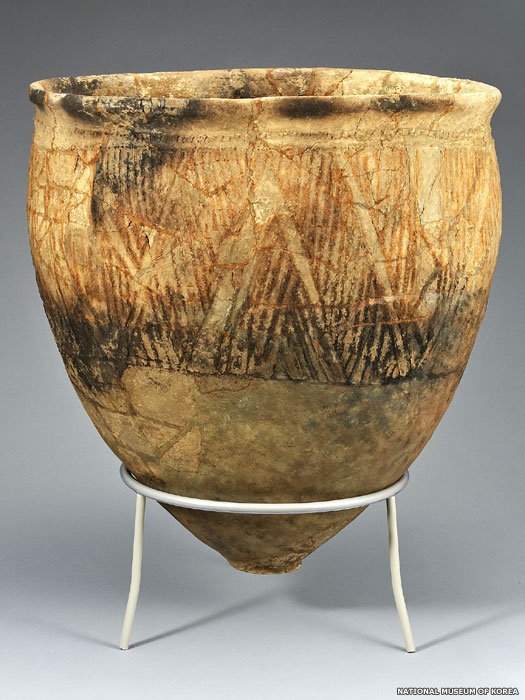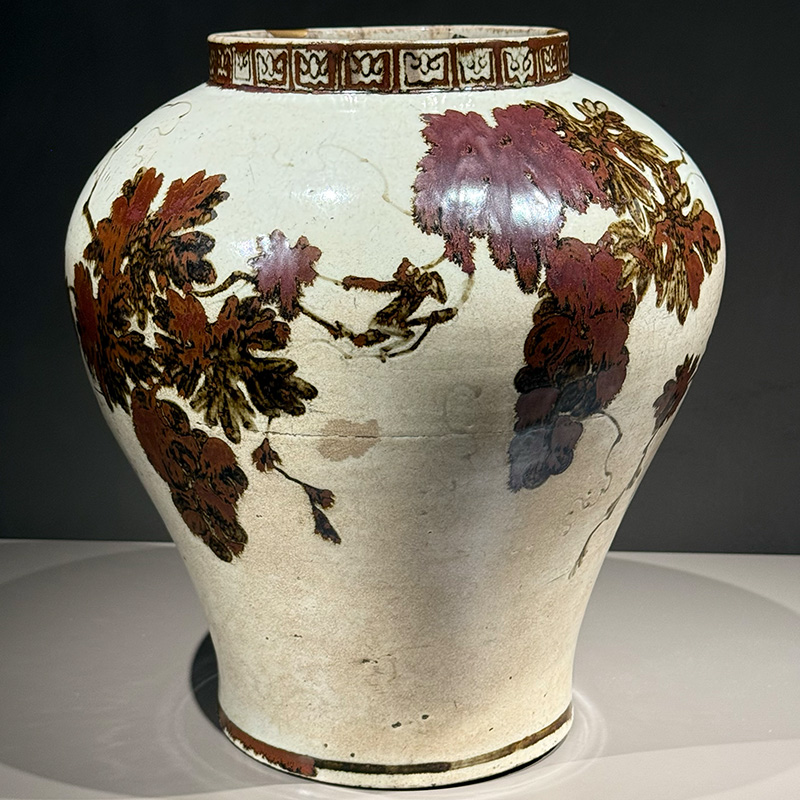The History of Korean Pottery
The history of Korean pottery is one of the oldest and most refined ceramic traditions in the world, with a history spanning over 10,000 years. It reflects Korea’s cultural evolution, from prehistoric times to the present day.
The earliest pottery, from the Jeulmun period (c. 8000–1500 BCE), featured comb-like patterns and was used for cooking and storage. Later, the Mumun period (c. 1500–300 BCE) introduced plain, undecorated ware, signaling a more agricultural lifestyle.

During the Three Kingdoms period (57 BCE–668 CE), advancements like the potter’s wheel and high-temperature kilns emerged. Stoneware became widely used, especially in the Silla kingdom, showcasing both its utility and artistic growth.
The Goryeo Dynasty (918–1392) is considered the golden age of Korean ceramics. It produced the famed celadon (cheongja), known for its translucent green glaze and intricate inlaid designs (sanggam). Goryeo celadon remains a high point in East Asian ceramic art.
With the rise of the Joseon Dynasty (1392–1897), Confucian values favored simplicity. Potters shifted toward white porcelain (baekja) and buncheong ware, a type of gray stoneware coated with a white slip. These pieces often featured spontaneous brushwork and understated beauty.
In modern times, Korean pottery remains a thriving art form. Master artisans preserve traditional techniques, while contemporary artists innovate with new forms and ideas. From ancient onggi storage jars to delicate celadon vases, Korean ceramics blend function, form, and cultural meaning.
Today, Korean pottery stands as a symbol of resilience and creativity, deeply rooted in history but constantly evolving.

